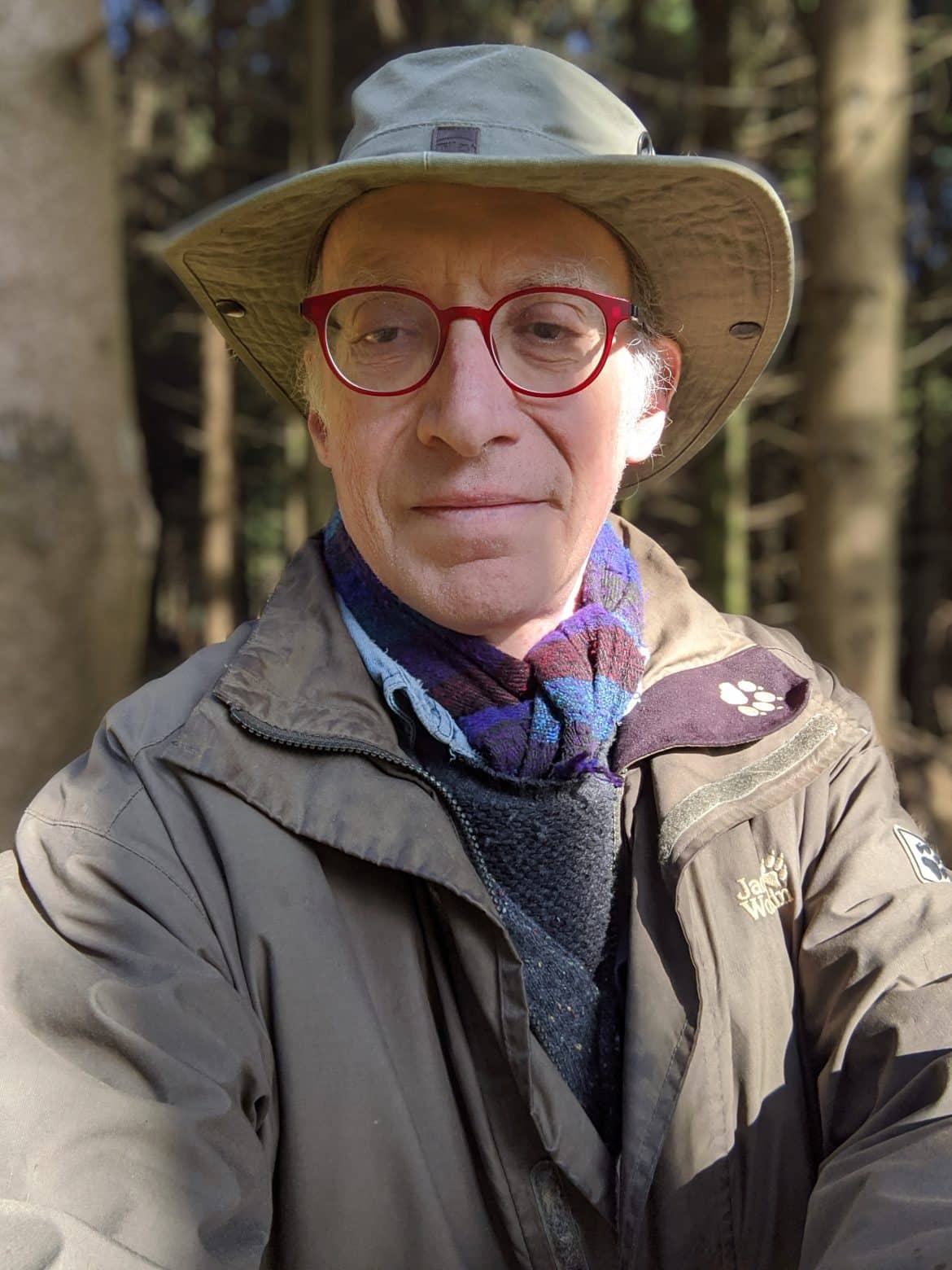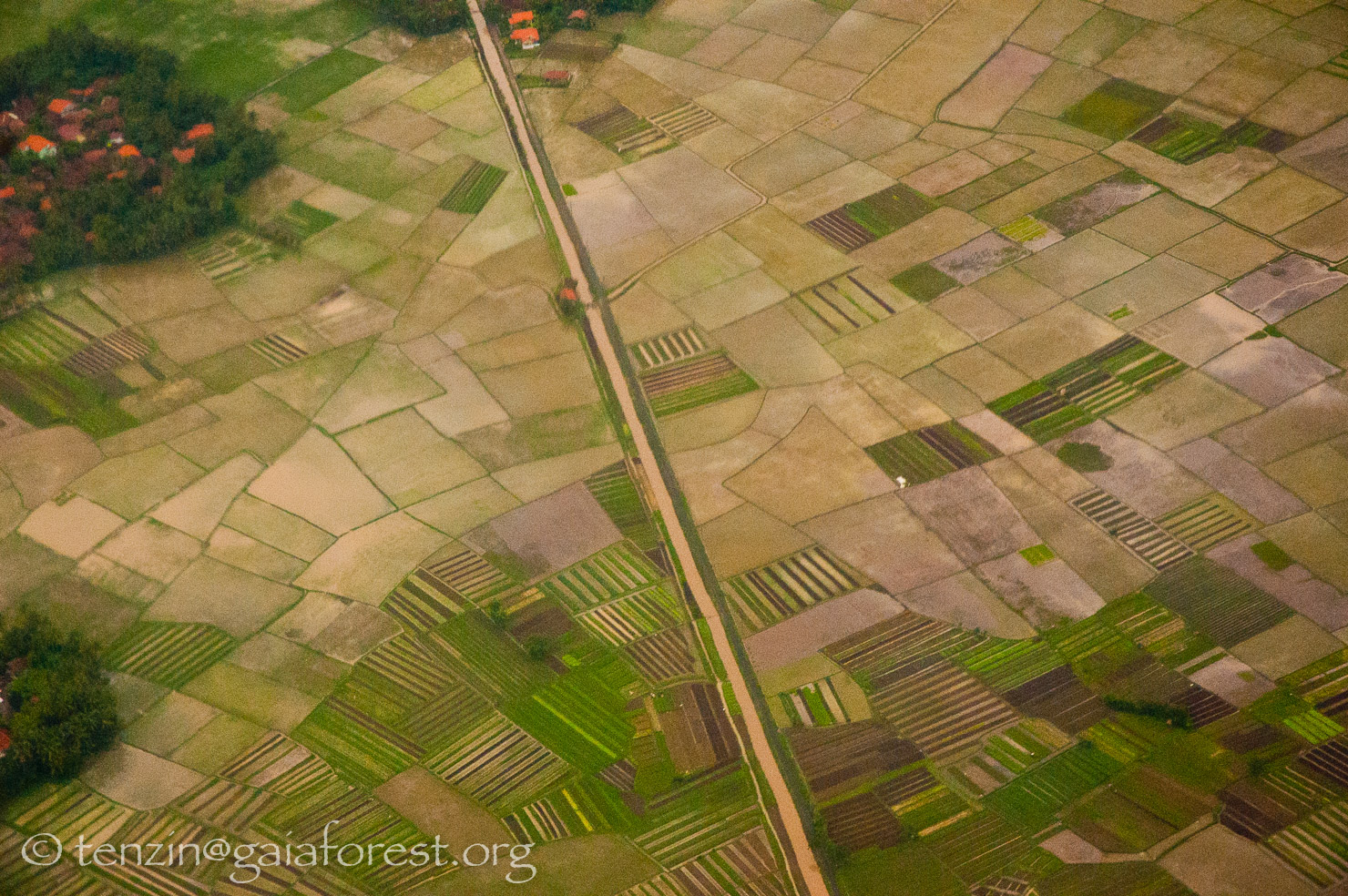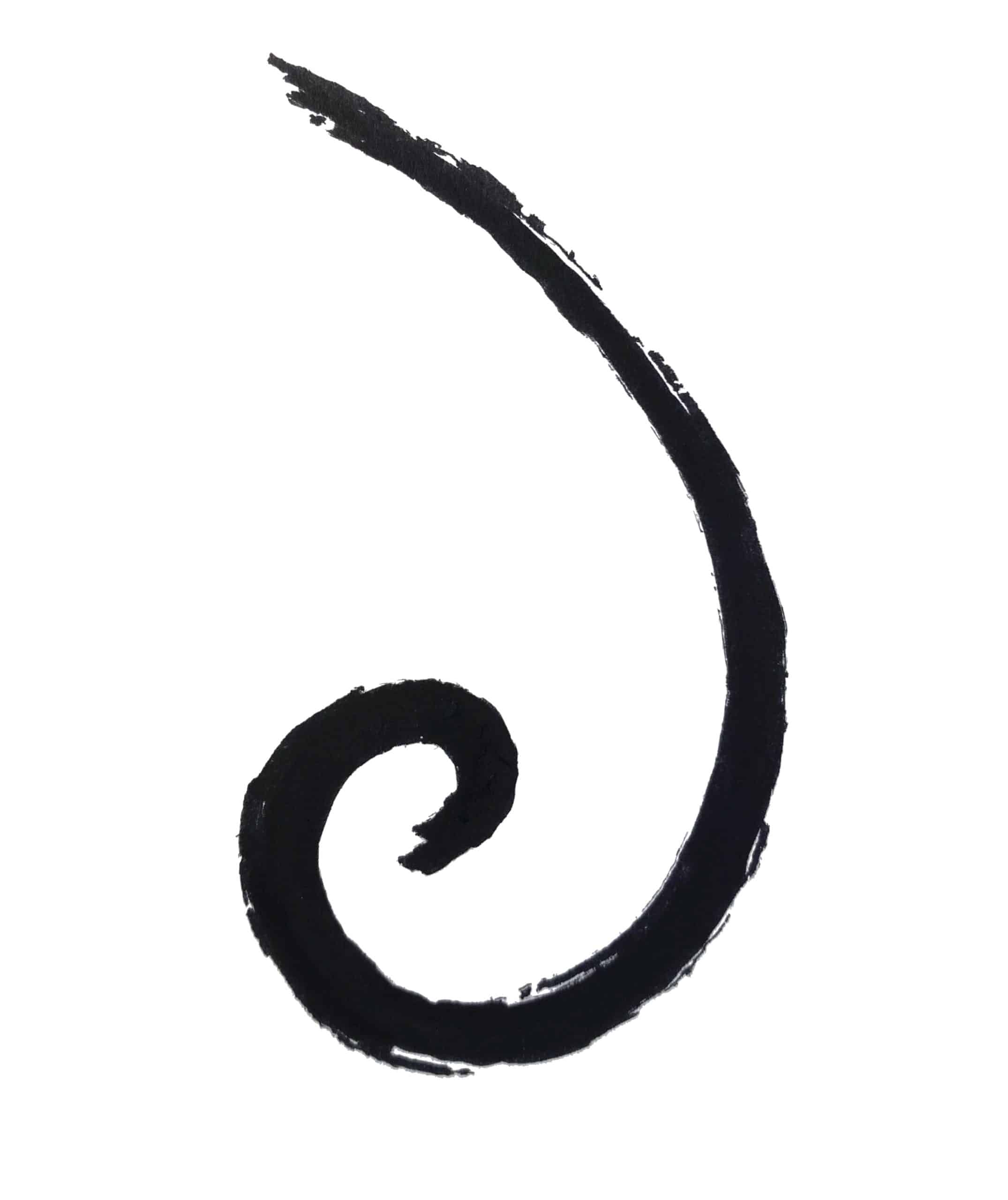Category: Ecosophy
“In later life Arne Naess preferred to employ the term “ecosophy” over “deep ecology,” the latter of which was sometimes faulted for possessing a certain open signification; more specifically, for lacking a coherent theory or advocating an effective practice.”from https://www.europenowjournal.org/2021/11/07/self-realization-beyond-the-human-arne-naess-and-norwegian-deep-ecology/
-

Through deep experience, deep questioning and deep commitment emerges deep ecology By Stephan Harding * IN THE 1960s, HAVING read Rachel Carson’s book, Silent Spring, Arne Naess was moved to apply his formidable philosophical skills to understanding the ecological crisis and its resolution. Since becoming the youngest-ever professor of philosophy at the University of Oslo…
-
The Trumpeter ISSN: 0832-6193 Volume 22, Number 2 (2006) The Ecological Self John Seed In this article John explores some of the key issues in deep Ecology, his own experience as an activist and facilitator of the work. In the 1970s, when Jerry Brown was Governor of California, the eco-poet Gary Snyder was working in…
-
The emergence of ecologists from their formerrelative obscurity marks a turning point in ourscientific communities. Their message, however,is twisted and misused. A shallow, but currentlyrather powerful movement, and a deep, but less influen-tial movement compete for our attention. I shall makean effort to characterize the two Arne Naess, Inquiry 16 See below for an embedded…
-
In his “eight-point platform,” formulated together with George Sessions in 1984 while the two were camping in Death Valley, California, Arne Naess offers a convenient overview of deep-ecological principles. It runs as follows: The well-being and flourishing of human and nonhuman Life on Earth have value in themselves (synonyms: intrinsic value, inherent value). These values…
-
As if this simplicity and inaccessibility were not enough, Næss built, with his own hands, a three-by-three-meter refuge some 200 meters higher up on the crags of the Hallingskarvet massif, which he dubbed “Skarveredet” (roughly meaning “a nest” in a mountain “notch”). By his own admission, this bivouac-like sanctuary gave him “‘the feeling[s] of being…
-

by John Seed from THINKING LIKE A MOUNTAIN – TOWARDS A COUNCIL OF ALL BEINGS by John Seed, Joanna Macy, Arne Naess & Pat Fleming, New Society Publishers, Philadelphia, 1988 First published in ECOPHILOSOPHY 5 (Sierra College, California) and reprinted in PANTHEISM; OIKOS; AWAKENING IN THE NUCLEAR AGE and several Australian journals. “But the time…
